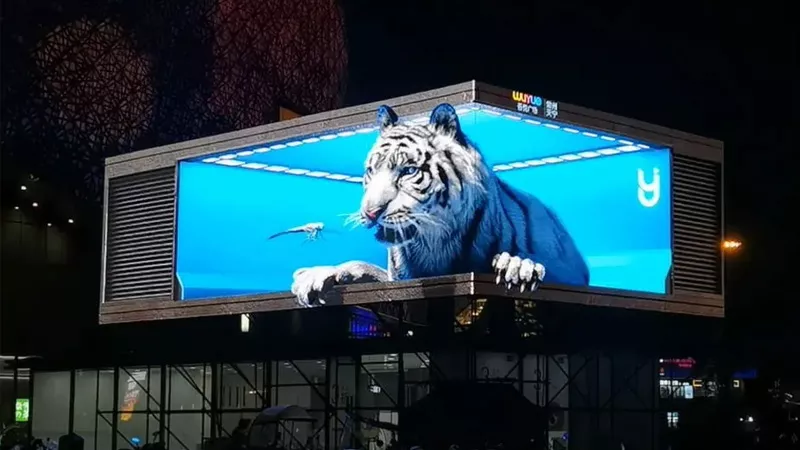LED (Light Emitting Diode) displays have revolutionized the way businesses and individuals present visuals, advertisements, and information. These screens are known for their vibrant colors, energy efficiency, and durability. However, like any technology, LED displays can encounter issues that may affect performance. Understanding common problems and their solutions can help users maintain their displays and ensure optimal functionality.
1. Dead Pixels
Dead pixels are one of the most noticeable issues with LED displays. A dead pixel occurs when an individual LED fails to light up, leaving a black or unlit spot on the screen.
Solution: Regularly inspect your display for dead pixels. Many manufacturers offer pixel warranty programs, so consider reaching out to them for replacements. High-quality components and proper installation can minimize the risk of dead pixels.
2. Color Discrepancies
Color inconsistency is another common problem, especially in larger displays. This issue occurs when certain sections of the screen display colors differently due to calibration errors or aging LEDs.
Solution: Use calibration software or hire professionals to adjust the display\u2019s color balance. Periodic recalibration ensures uniformity across the entire screen. Additionally, replacing worn-out LEDs can restore color consistency.
3. Brightness Deterioration
Over time, LED brightness can decrease, particularly in high-usage displays. This can result from aging LEDs or prolonged exposure to harsh environmental conditions.
Solution: Regular maintenance and replacing aged LEDs can help maintain brightness levels. Opt for high-quality LEDs during the initial purchase to extend their lifespan.
4. Weather Damage (For Outdoor Displays)
Outdoor LED displays are exposed to elements like rain, heat, and dust, which can damage components. This can lead to malfunctions or complete failure if not addressed.
Solution: Invest in weatherproof LED displays designed for outdoor use. Installing protective enclosures and ensuring proper sealing during installation can safeguard the display from environmental damage.
5. Power Supply Issues
Fluctuating or unstable power sources can cause flickering, intermittent shutdowns, or damage to the display.
Solution: Use a stable power supply and install surge protectors to prevent electrical damage. Regularly inspect power connections to ensure they are secure and functioning correctly.
6. Connectivity Problems
Connectivity issues can result in delays or the inability to update content on the display. This can be due to poor network connections or outdated firmware.
Solution: Ensure that the network connection is reliable and that the display’s firmware is up-to-date. Use high-quality cables and connectors for wired connections to minimize signal loss.
7. Overheating
LED displays can overheat, especially in hot environments or if ventilation is inadequate. Overheating not only reduces performance but also shortens the display\u2019s lifespan.
Solution: Ensure proper ventilation around the display and consider installing cooling systems for large or high-power displays. Regular cleaning of air vents can also improve airflow and prevent overheating.
Conclusion
LED displays are a powerful tool for communication and marketing, but they require proper care and maintenance to function optimally. By addressing common issues such as dead pixels, color discrepancies, and power supply problems, users can ensure their displays remain vibrant and effective for years to come. Investing in high-quality components and adhering to a regular maintenance schedule will minimize downtime and maximize the impact of your LED display.


More Stories
How Crypto mining machine works
Data-Driven Disruption: Bangalore’s Impact on Industries
Gemini Introduces Gems on Mobile App Along with a Redesigned Home Page